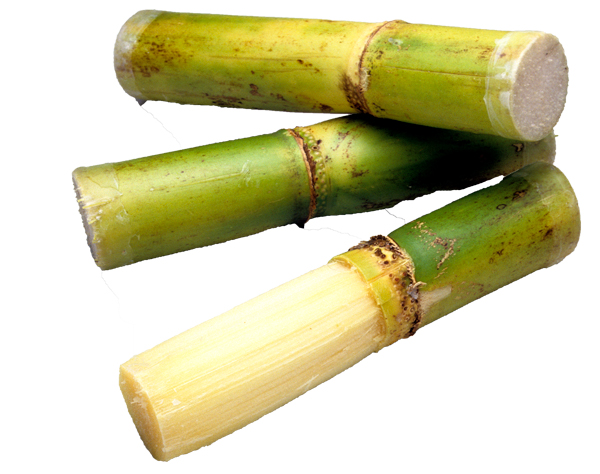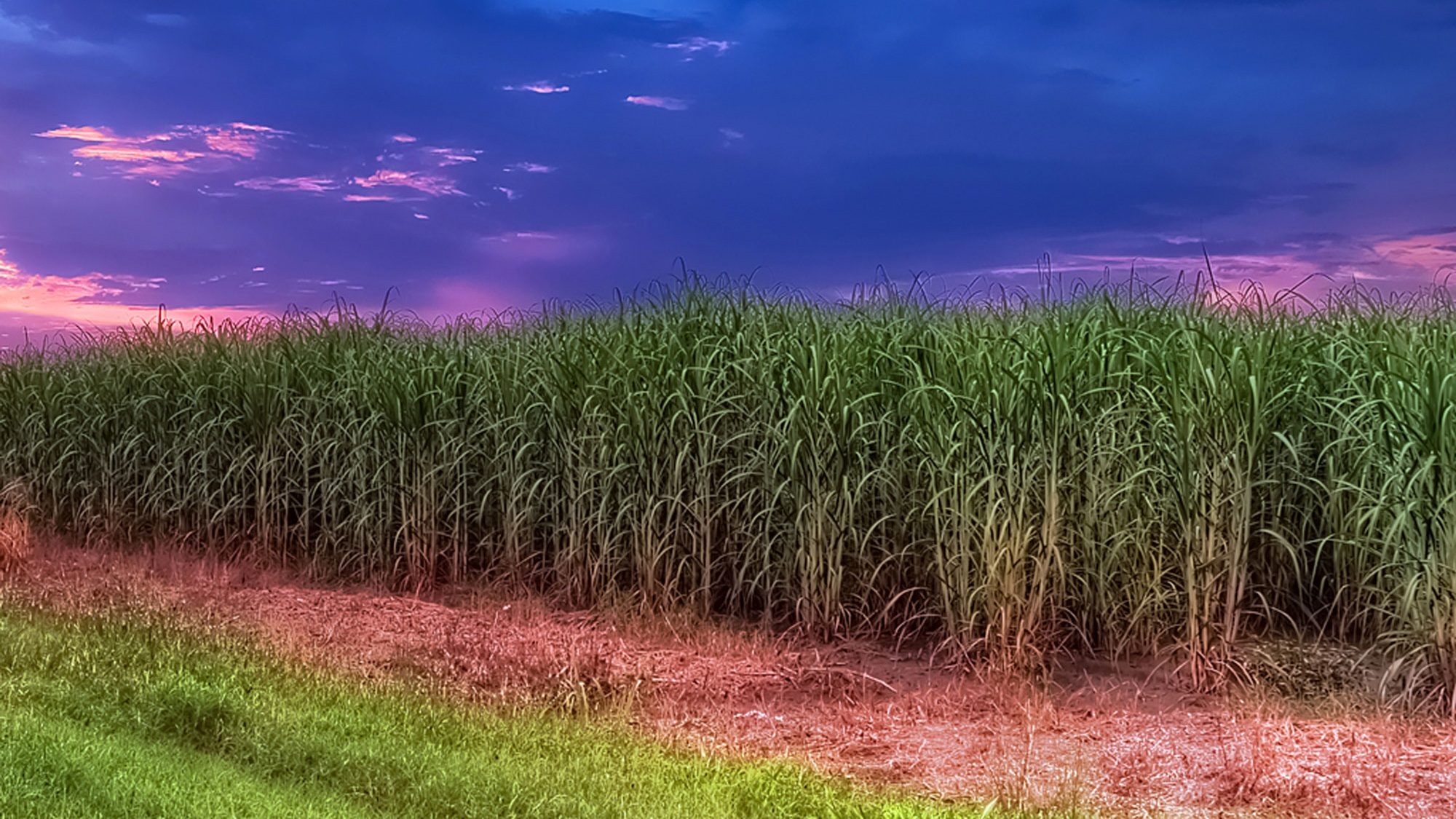The Difference Between Sugar and Cane: Understanding the Basics
The Difference Between Sugar and Cane: Understanding the Basics
Blog Article
Why Walking Cane Sugar Processing Chemicals Are Vital for Modern Sugar Refining
The role of cane sugar handling chemicals in modern sugar refining can not be overstated, as they are important to improving both the effectiveness of extraction and the general high quality of the final item. Agents such as phosphoric acid and particular flocculants are employed to remove contaminations, resulting in sugar that not just fulfills customer expectations however additionally sticks to market standards.
Duty of Processing Chemicals
The efficacy of cane sugar processing hinges significantly on the strategic application of handling chemicals. These chemicals play an essential role in improving the effectiveness and quality of sugar extraction and refining. From the initial phases of juice removal to the final purification actions, handling chemicals promote different important operations.
In the removal phase, chemicals such as phosphoric acid and calcium hydroxide are utilized to enhance the clarification process, assisting to remove contaminations and put on hold solids from the cane juice. This not only boosts the yield yet likewise makes sure the clearness of the end product. Furthermore, representatives like flocculants aid in the fast settling of pollutants, therefore simplifying the overall procedure.
Triggered carbon and ion exchange resins serve to eliminate color and odor, guaranteeing that the refined sugar satisfies consumer quality standards. Thus, the precise selection and application of these chemicals are vital for achieving ideal results in walking stick sugar processing.
Trick Kinds of Chemicals
Walking cane sugar handling counts on a selection of key chemicals that assist in each stage of manufacturing. These chemicals play crucial roles in making clear, lightening, and cleansing the sugar extracted from cane.
One key category of chemicals includes flocculants, such as polyacrylamide, which aid in the explanation procedure by promoting the gathering and settling of impurities. Furthermore, calcium hydroxide is usually used to neutralize level of acidity and assist in the removal of non-sugar elements.
Whitening agents, such as turned on carbon and sulfur dioxide, are made use of to decolorize the syrup, causing a clearer end product. These chemicals assist eliminate shade compounds that may impact the sugar's appearance and bankability.
Additionally, phosphoric acid functions as a pH regulatory authority during the processing phases, guaranteeing ideal problems for the enzymatic activities associated with sugar extraction and filtration.
Other vital agents consist of edta (ethylenediaminetetraacetic acid), which chelates steel ions that could militarize undesirable responses, and sodium hydroxide, which helps in pH control throughout the refining process. Collectively, these chemicals enhance efficiency and ensure a top notch walking cane sugar product.
Advantages for Sugar High Quality
Frequently ignored, the use of specific handling chemicals significantly improves the overall high quality of walking cane sugar. These chemicals play a pivotal duty in refining processes, ensuring that the end product fulfills stringent sector criteria for pureness and taste.

Additionally, processing chemicals help in accomplishing a consistent granulation and structure, which are essential for customer approval. By regulating the formation procedure, these chemicals guarantee that the sugar crystals form uniformly, causing a more enticing item that dissolves well in various applications.
In addition, making use of these chemicals can enhance the service life of walking cane sugar by decreasing dampness absorption and microbial development. On the whole, the critical application of handling chemicals is essential for delivering premium walking cane sugar that fulfills customer expectations and market demands.
Environmental Influence Factors To Consider

Moreover, the energy-intensive nature of sugar refining, worsened by chemical use, usually causes raised carbon exhausts. This adds to climate modification and elevates worries relating to the sustainability of present refining methods. Furthermore, the sourcing of these chemicals might involve methods that endanger biodiversity, such as monoculture farming, which lowers the resilience of agricultural ecosystems.

To alleviate these impacts, sugar refiners are progressively exploring sustainable alternatives and adopting finest practices that minimize chemical use. Executing strenuous ecological monitoring systems can help guarantee that the refining procedure aligns with environmental standards and promotes biodiversity. Ultimately, a balanced technique that prioritizes both sugar high quality and ecological stewardship is vital for the long-lasting feasibility of the sugar industry.
Future Fads in Refining
As the sugar sector grapples with the ecological challenges connected with standard refining techniques, ingenious methods are emerging to enhance both performance and sustainability. One considerable pattern is the fostering of green chemistry concepts, which focus on using non-toxic, biodegradable processing chemicals. This change not just lessens ecological effect however More Bonuses also addresses customer need for cleaner manufacturing techniques.
An additional appealing development is the implementation of advanced purification innovations, such as membrane splitting up and adsorption processes. These techniques boost the clearness and top quality of the sugar while reducing the quantity of wastewater produced throughout refining. Furthermore, the assimilation of digital innovations, including IoT and AI, is changing operational helpful hints effectiveness by enabling real-time surveillance and anticipating maintenance, hence lessening source waste.
In addition, using spin-offs from sugar refining, such as bagasse and molasses, is gaining grip. These materials can be transformed right into biofuels or value-added products, contributing to a circular economic situation within the industry. Collectively, these trends indicate a shift towards even more sustainable methods that not only boost functional efficiency yet also line up with global sustainability goals, ensuring the future feasibility of sugar refining.
Conclusion
Cane sugar processing chemicals are essential in contemporary sugar refining, dramatically improving the efficiency and quality of sugar removal. The strategic use these chemicals not just enhances the pureness and taste of the end product however also makes sure regular crystallization and structure. As the sector progressively focuses on sustainability, the fostering of environmentally-friendly processing agents is most likely to form future trends in refining, ultimately causing better products and prolonged shelf life for consumers.

Ultimately, a well balanced approach that prioritizes both sugar top quality and environmental stewardship is crucial for the lasting viability of the sugar sector.
Walking stick sugar processing chemicals are essential in modern-day sugar refining, significantly improving the performance and high quality of sugar extraction.
Report this page